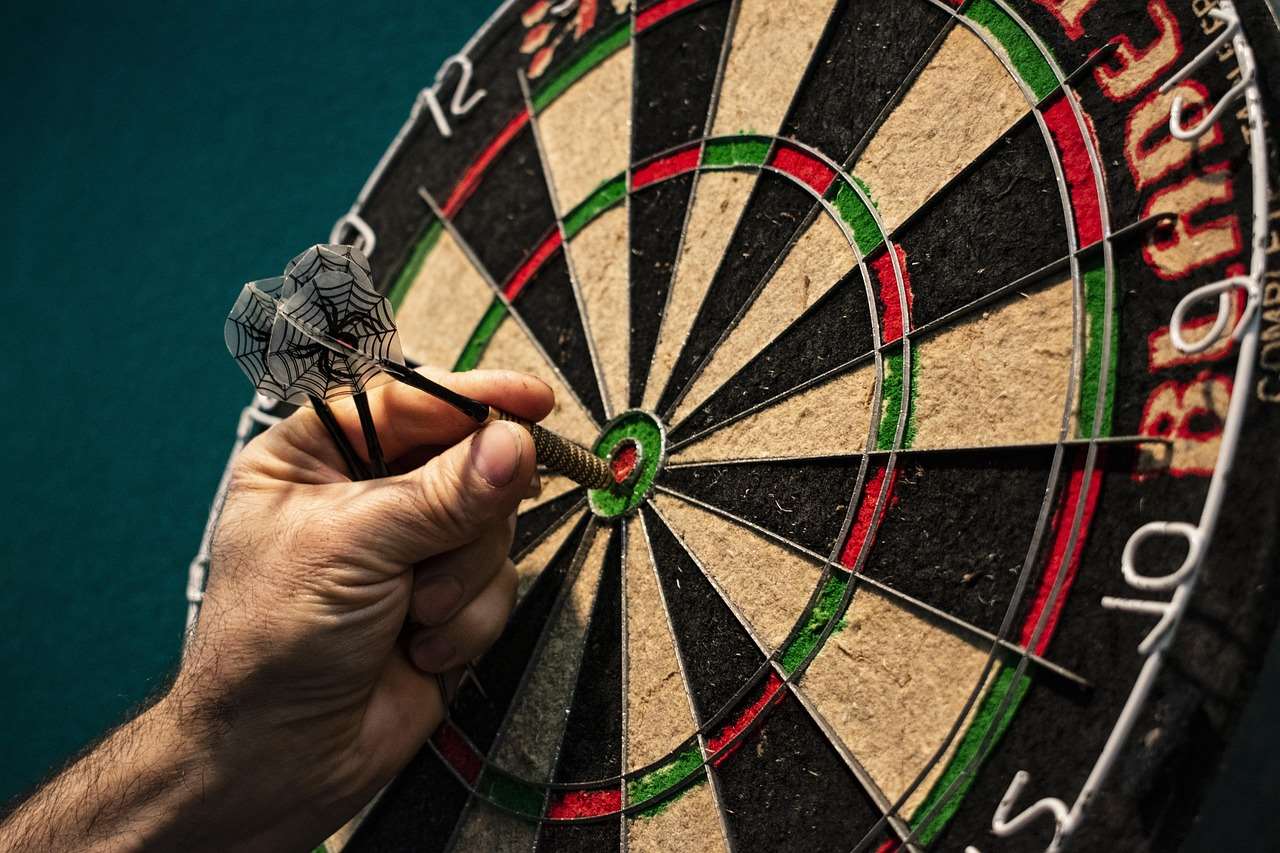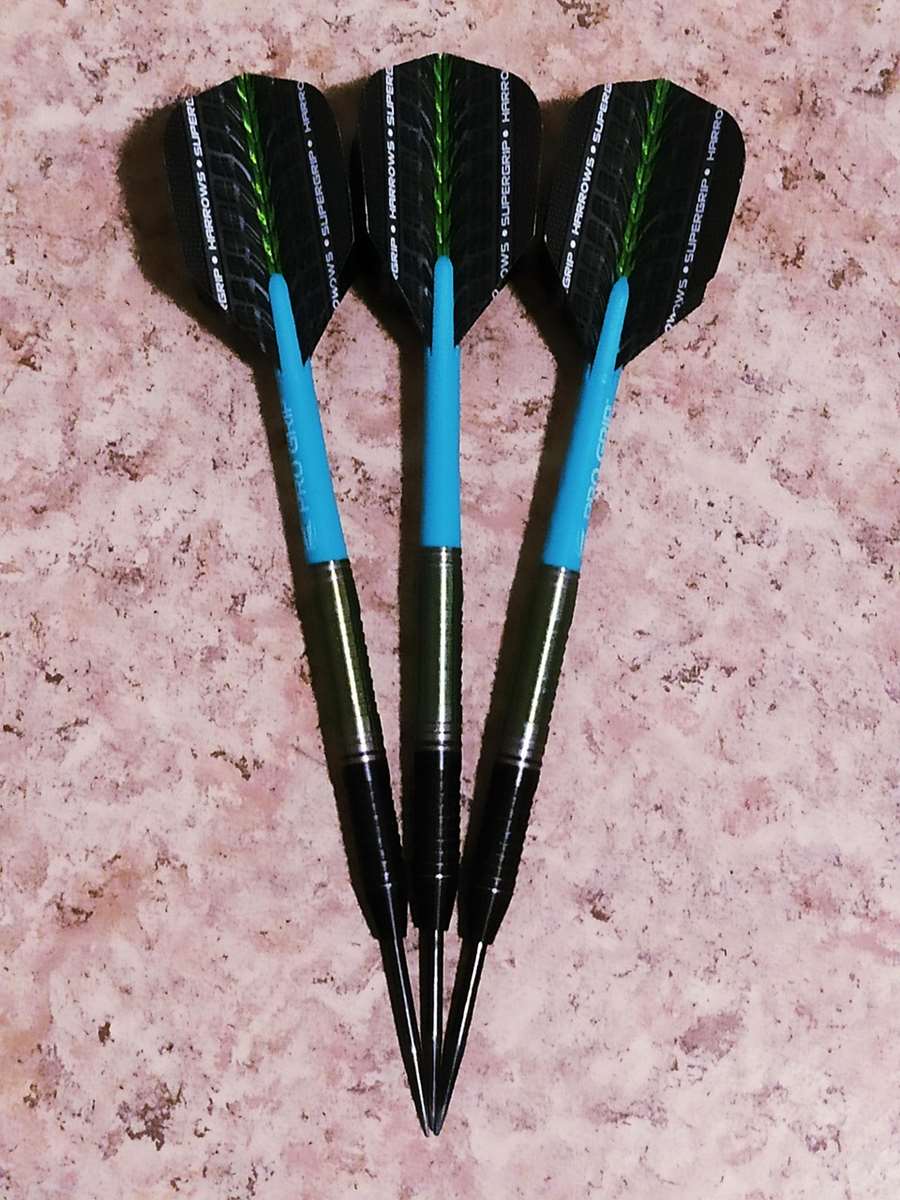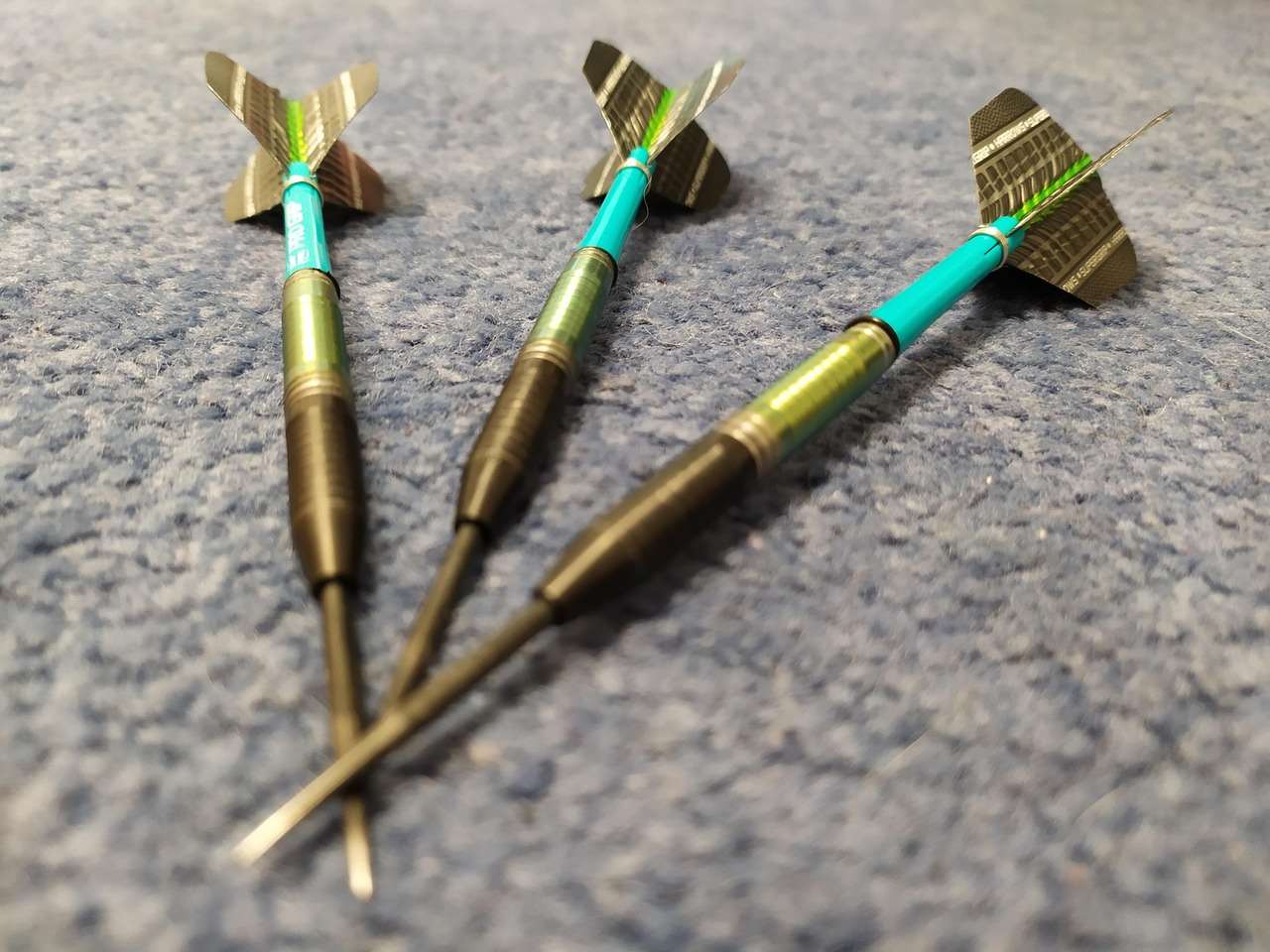Understanding the **English Cricket darts rules board** is key to enjoying this strategic and challenging variation of darts. This article will explain everything you need to know about Cricket darts, from the basic rules and scoring to advanced strategies and tips for success, making you a Cricket darts pro in no time.
⚠️ Still Using Pen & Paper (or a Chalkboard)?! ⚠️
Step into the future! The Dart Counter App handles all the scoring, suggests checkouts, and tracks your stats automatically. It's easier than you think!
Try the Smart Dart Counter App FREE!Ready for an upgrade? Click above!
Understanding the Basics of English Cricket Darts Rules Board
The **English Cricket darts rules board** game isn’t just about throwing darts; it’s about strategy, calculated risk, and precise execution. It’s a favourite among seasoned dart players who enjoy a game that demands more than just hitting high scores. Unlike games like 501, Cricket focuses on closing out numbers, making it a unique and engaging challenge.

Before diving into the nuances, let’s solidify the fundamentals. In Cricket darts, the goal is to be the first player to close out a set of predetermined numbers and have a lower or equal score than your opponent. The standard Cricket board includes the numbers 15 through 20 and the bullseye (single and double bull count separately). Each of these numbers is ‘open’ at the beginning of the game. To ‘close’ a number, a player must hit it three times. These hits can be achieved through a single treble, a single and a double, or three singles. A double counts as two hits, and a treble counts as three. Once a player has closed a number, only they can score on it. Your opponent must then close that same number before they can score on it. It is important to consult the local pub rules as house rules vary between establishments.
Setting Up Your English Cricket Darts Rules Board
Proper setup is crucial for fair play and an enjoyable experience. Here’s how to ensure your **English Cricket darts rules board** is ready for a competitive match.
- Dartboard Height: The center of the bullseye should be exactly 5 feet 8 inches (1.73 meters) from the floor. This is a universal standard for all dart games.
- Throwing Distance: The distance from the front of the dartboard to the oche (throwing line) should be 7 feet 9.25 inches (2.37 meters). This measurement is crucial for consistent throwing.
- Lighting: Good lighting is essential for clear visibility. Ensure the board is well-lit and that there are no shadows obstructing your view. A dedicated dartboard light is a great investment.
The Scoring System in English Cricket Darts
Understanding the scoring system is vital for mastering the **English Cricket darts rules board**. Here’s a breakdown of how points are accumulated and closed out.
- Opening Numbers: As mentioned before, numbers 15 through 20 and the bullseye are used.
- Closing Numbers: To close a number, you need three hits. Doubles count as two hits, and trebles count as three.
- Scoring: Once you’ve closed a number, any subsequent hits on that number will earn you points, provided your opponent hasn’t closed it yet.
- Ending the Game: To win, you must close all the required numbers and have an equal or lower score than your opponent. If you close all the numbers but have a higher score, you haven’t won.
Strategies for Mastering English Cricket Darts
Winning at Cricket darts involves more than just hitting the numbers; it requires strategic thinking and adapting to your opponent’s play. Here are a few tips to elevate your game and it is important to remember these points when you Basic Darts Fundamentals for Beginners.
- Target Weaknesses: Focus on numbers your opponent is struggling with to gain a scoring advantage.
- Defensive Play: If your opponent is close to closing a high-scoring number, prioritize closing it yourself to prevent them from racking up points.
- Smart Scoring: If you’re ahead, focus on closing numbers rather than scoring. If you’re behind, score aggressively on open numbers.
- The Bullseye: The bullseye can be a game-changer. Practice hitting both the outer and inner bull, as they count separately.

Common Mistakes to Avoid
Even experienced players can fall victim to common pitfalls in Cricket darts. Here are some mistakes to steer clear of:
- Ignoring the Score: Always be aware of your score and your opponent’s score. This will inform your strategy and help you make better decisions.
- Neglecting Defense: Focusing solely on offense can be a costly mistake. Don’t forget to play defensively by closing numbers your opponent needs.
- Inconsistent Aim: Work on your consistency. Practice aiming for specific sections of the board, especially doubles and trebles.
- Poor Mental Game: Stay focused and don’t get discouraged by setbacks. Cricket darts requires patience and a resilient mindset.
Advanced Tactics for English Cricket Darts
Once you’ve mastered the basics, it’s time to explore advanced tactics that can give you a competitive edge. These include understanding the psychological aspects of the game and implementing strategic plays that disrupt your opponent’s rhythm.
- Strategic Opening: Don’t always go for 20. Sometimes opening with 19 or 18 can throw off your opponent and give you a slight advantage.
- Controlling the Board: Aim to control the board by closing numbers that are strategically important, even if they aren’t your highest scoring options. This can limit your opponent’s scoring opportunities.
- Psychological Warfare: Darts is as much a mental game as it is a physical one. Observe your opponent’s reactions and adjust your play accordingly. If they’re struggling with a particular number, exploit that weakness.

Practicing Effectively for Cricket Darts
Consistent practice is the key to improvement. But not all practice is created equal. Here are some tips for making your practice sessions more effective:
- Focus on Specific Numbers: Dedicate practice sessions to mastering specific numbers, especially those you struggle with.
- Simulate Game Scenarios: Practice under pressure by simulating real game scenarios. This will help you develop your decision-making skills.
- Track Your Progress: Keep track of your scores and identify areas where you need to improve.
- Vary Your Practice Routine: Don’t just throw darts aimlessly. Incorporate different drills and challenges to keep your practice sessions engaging.
Adapting English Cricket Darts for Different Skill Levels
Cricket darts can be adapted to accommodate different skill levels, making it a game that everyone can enjoy. Adapting darts rules for beginners is key to keeping players motivated.
- Handicap System: Implement a handicap system where weaker players get a head start or extra lives. This evens the playing field and makes the game more competitive.
- Simplified Rules: For very beginners, you can reduce the number of required hits to close a number or use a smaller set of numbers.
- Team Play: Team play can also make the game more accessible, as players can support each other and learn from each other.

The Psychology of English Cricket Darts Rules Board
As previously mentioned, Cricket is a mental game. Understanding your opponent’s thought process, strengths, and weaknesses is crucial for success. Keep an eye on their body language, dart placement patterns, and reactions to pressure situations.
- Reading Your Opponent: Use your opponent’s tendencies to predict their next move. If they consistently struggle with a particular number, exploit that weakness.
- Staying Calm Under Pressure: Don’t let pressure get to you. Focus on your breathing and maintain a positive mindset, even when things aren’t going your way.
- Maintaining Focus: Avoid distractions and stay laser-focused on the task at hand. Cricket darts requires intense concentration.
Choosing the Right Darts and Equipment
While skill is paramount, having the right equipment can make a difference. The ideal dart weight and material are based on preference so you can easily find the proper equipment to practice the **English Cricket darts rules board**.
- Dart Weight: Experiment with different dart weights to find what feels most comfortable and accurate for you.
- Dart Material: Tungsten darts are more durable and offer a better grip than brass darts.
- Dart Flights and Shafts: Experiment with different flight shapes and shaft lengths to optimize your dart’s trajectory.
Organizing a Cricket Darts Tournament
Hosting a Cricket darts tournament is a great way to bring people together and showcase your skills. Here are some tips for organizing a successful event:
- Set Clear Rules: Establish clear and concise rules beforehand, including the format of the tournament, scoring system, and any specific regulations.
- Provide Prizes: Offer attractive prizes to incentivize participation and create a competitive atmosphere.
- Create a Welcoming Atmosphere: Ensure the tournament is fun and enjoyable for everyone, regardless of their skill level.

The Future of English Cricket Darts
Cricket darts continues to evolve, with new variations and strategies emerging all the time. Staying up-to-date with the latest trends can help you stay ahead of the competition. Fun dart game variations with modified rules can add an element of surprise to your normal routine.
- Online Cricket Darts: The rise of online darts platforms has made it easier than ever to play Cricket darts against opponents from all over the world.
- Professional Cricket Darts Leagues: Professional Cricket darts leagues are gaining popularity, offering players the opportunity to compete for prize money and recognition.
- Technological Advancements: New technologies, such as smart dartboards and dart tracking systems, are transforming the way we play and practice darts.
Conclusion
Mastering the **English Cricket darts rules board** game is a journey that combines skill, strategy, and mental fortitude. By understanding the rules, practicing consistently, and adapting to your opponent’s play, you can elevate your game and enjoy the unique challenges that Cricket darts offers. So, grab your darts, step up to the oche, and start closing those numbers! Ready to take your darts game to the next level? Find a local darts club or organize a friendly game with your friends today!
Hi, I’m Dieter, and I created Dartcounter (Dartcounterapp.com). My motivation wasn’t being a darts expert – quite the opposite! When I first started playing, I loved the game but found keeping accurate scores and tracking stats difficult and distracting.
I figured I couldn’t be the only one struggling with this. So, I decided to build a solution: an easy-to-use application that everyone, no matter their experience level, could use to manage scoring effortlessly.
My goal for Dartcounter was simple: let the app handle the numbers – the scoring, the averages, the stats, even checkout suggestions – so players could focus purely on their throw and enjoying the game. It began as a way to solve my own beginner’s problem, and I’m thrilled it has grown into a helpful tool for the wider darts community.